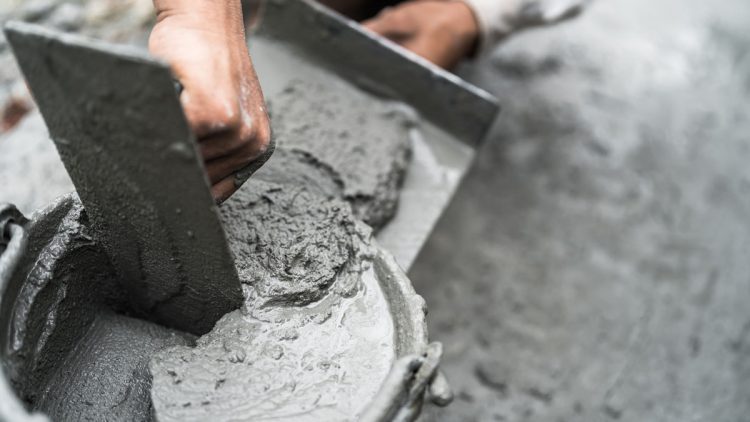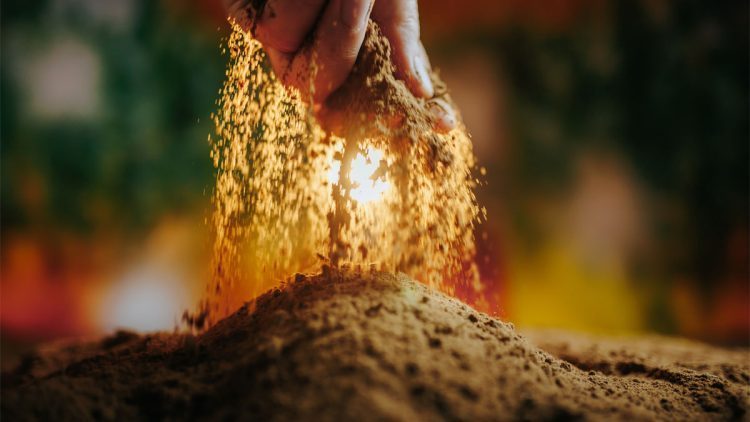Cement, Concrete, And Mortar
We have an idea of what they are, however, do we know when to use which one? We share our knowledge concerning concrete, cement, and mortar to emphasize the differences between the three and help you in avoiding any uncertainty or improper purchasing.
Cement
A key element in the metropolitan substructure, cement binds in both concrete and mortar and it is utilized for securing buildings by binding their building blocks.
How cement is made
Composed of limestone, sand or clay, iron ore, and bauxite, cement sets and sticks to building units like stones, tiles, or bricks. The unrefined ingredients are made into powder and heated for forming a rock-hard material which is then ground once more and ready to be actuated with water.
Types of cement
Various types of cement lead to various uses in construction projects. For example, high alumina cement is proper for making concrete for the projects in high-temperature areas, hydro-phobic cement has more resistance against colder temperatures, and acid-resistant cement is utilized in chemical-proof projects.
Sulphate resistant cement, like Lafarge General Purpose Cement, is utilized when the project is susceptible to sulphate attacks. White Cements, like Hanson’s White Portland Cement, is utilized in engineered plans or for filling gaps in wall tiles.
Cement is usually an interchangeable word with concrete; however, they aren’t the same. Cement is an important element in concrete which is why is important to select the correct one for your projects.
Concrete
Concrete comprises of cement, gravel, and sand, or other aggregates. When water is added the cement is actuated and the mix binds collectively producing a solid. Because it begins as a dry mixture which afterwards becomes malleable, concrete can be used in multiple ways, like slabs or countertops, on driveways or patios, or even for the foundation of walls.
The strength degree of concrete is subject to the measurements of sand and gravel added. Different projects require various textures and strengths. Because it becomes an extremely hard material after it sets, concrete can be used, for example, as a reinforcement to mesh on buildings and walls.
How to mix concrete
There are different ways of mixing the ingredients, subject on the strength you want to achieve. A general guide for a conventional concrete mix would consist of one part cement, two parts sand, and four parts aggregates.
Basically, concrete is a material typically used in building and trade, nevertheless, concrete would not exist without cement, its primary binding and hardening ingredient.
Concrete is available readymade or it can be mixed intentionally to be suitable for specific projects.
Mortar
As stated before, mortar also comprises of cement. Whereas concrete comprises of cement, sand, water, and gravel mixed in different measurements, mortar comprises of cement, water, and lime aggregate. Nevertheless, mortar is not as enduring as concrete and is more of an extension to a project, instead of the primary building material.
Mortar is most used between stones, bricks, or blocks and is typically applied as an adhesive. It can also be utilized for molding and ornamental intentions.
How to mix mortar
There are various types of mortar with various purposes. For instance, some might be more appropriate of masonry than others and less inclined to cracking. A lot of the time, mortar is found pre-blended and can be purchased in bags.
Individuals can also create their own mortar mix. Whereas recommendations differ, a normal ratio is three or four parts building sand to one part cement maintaining the mixture a good balance of wetness.
Landscaping Materials Scottsdale, Arizona
A & A Materials, Inc., located in Scottsdale, Arizona, offers, all purpose sand, including washed concrete sand, aggregates, river rock, rip rap rock, mulch and wood chips for your landscaping or gardening needs. Contact us or call us at 480-990-0557 for more information.



